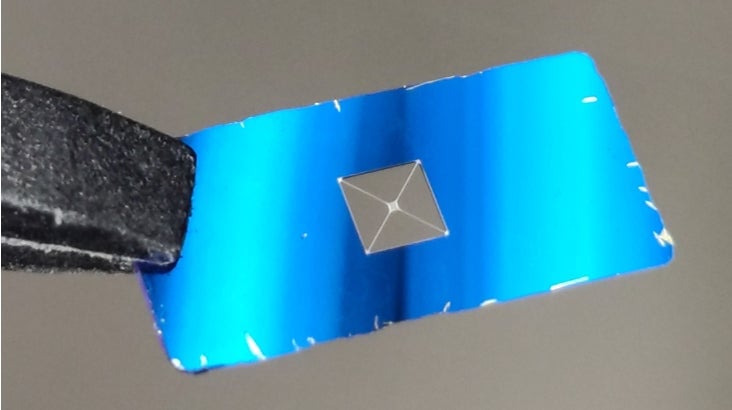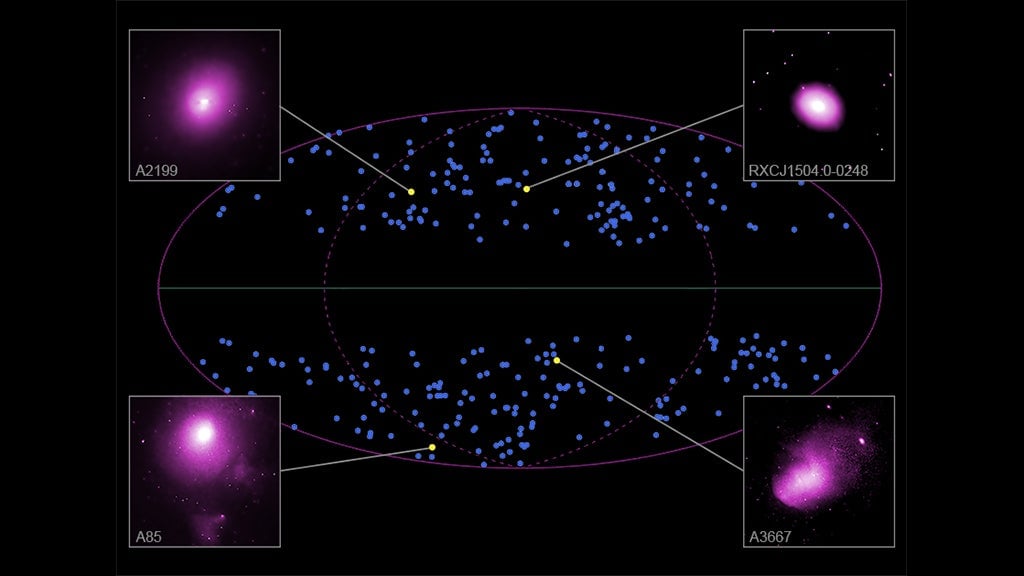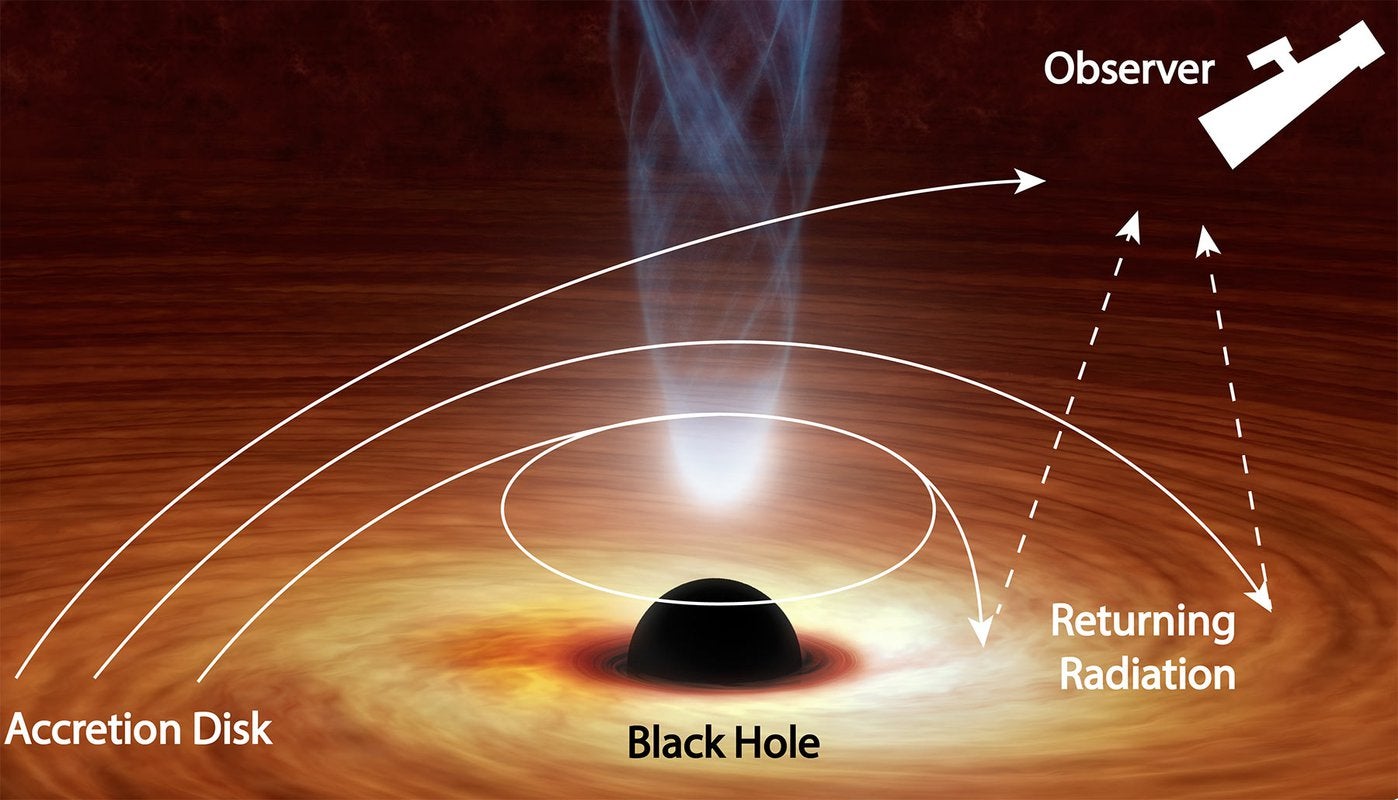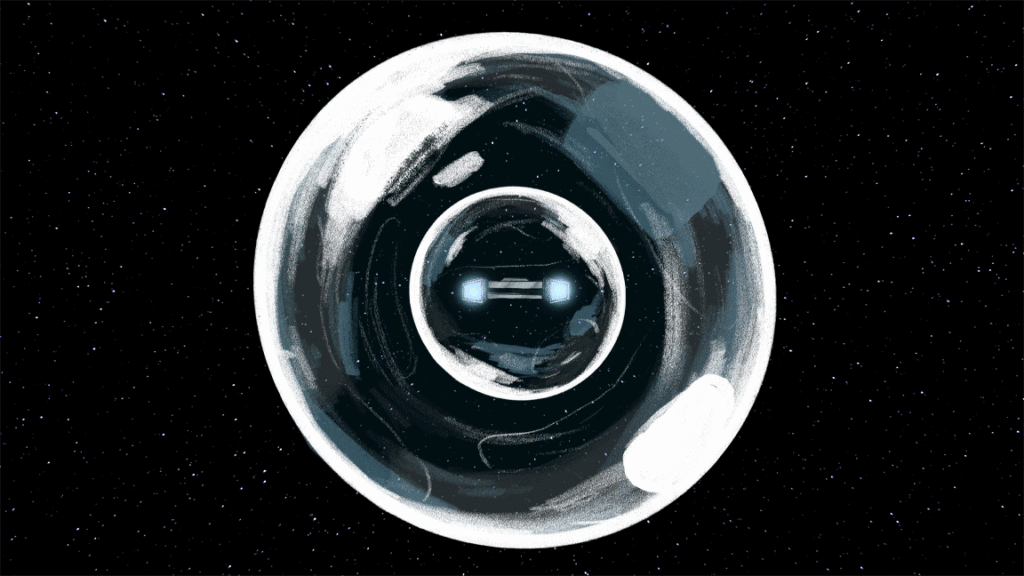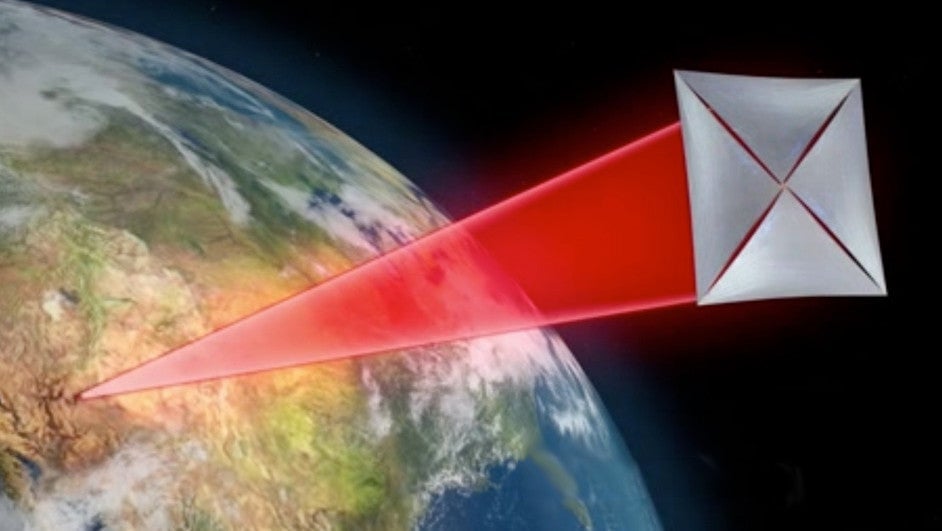The elusive nature of dark matter continues to challenge physicists. Despite extensive research, no proposed candidate has been directly observed. A team of researchers has proposed an innovative experiment using a super-thin mirror and a coin-sized accelerometer to detect hypothetical particles called dark photons, potentially shedding light on this cosmic enigma. This research, published in Physical Review Letters, builds upon previous work by the same team and offers a new avenue for dark matter exploration.
This new approach aims to detect particles far smaller than those targeted by previous experiments. The device focuses on dark photons, theoretical particles analogous to photons of light but with mass, making them potential dark matter candidates. “Just like photons, they are represented by an equivalent of the ‘electromagnetic field,’” explained Jack Manley, lead author and quantum optics researcher at the University of Delaware. “However, unlike photons, dark photons have mass. This property makes them a candidate for dark matter.”
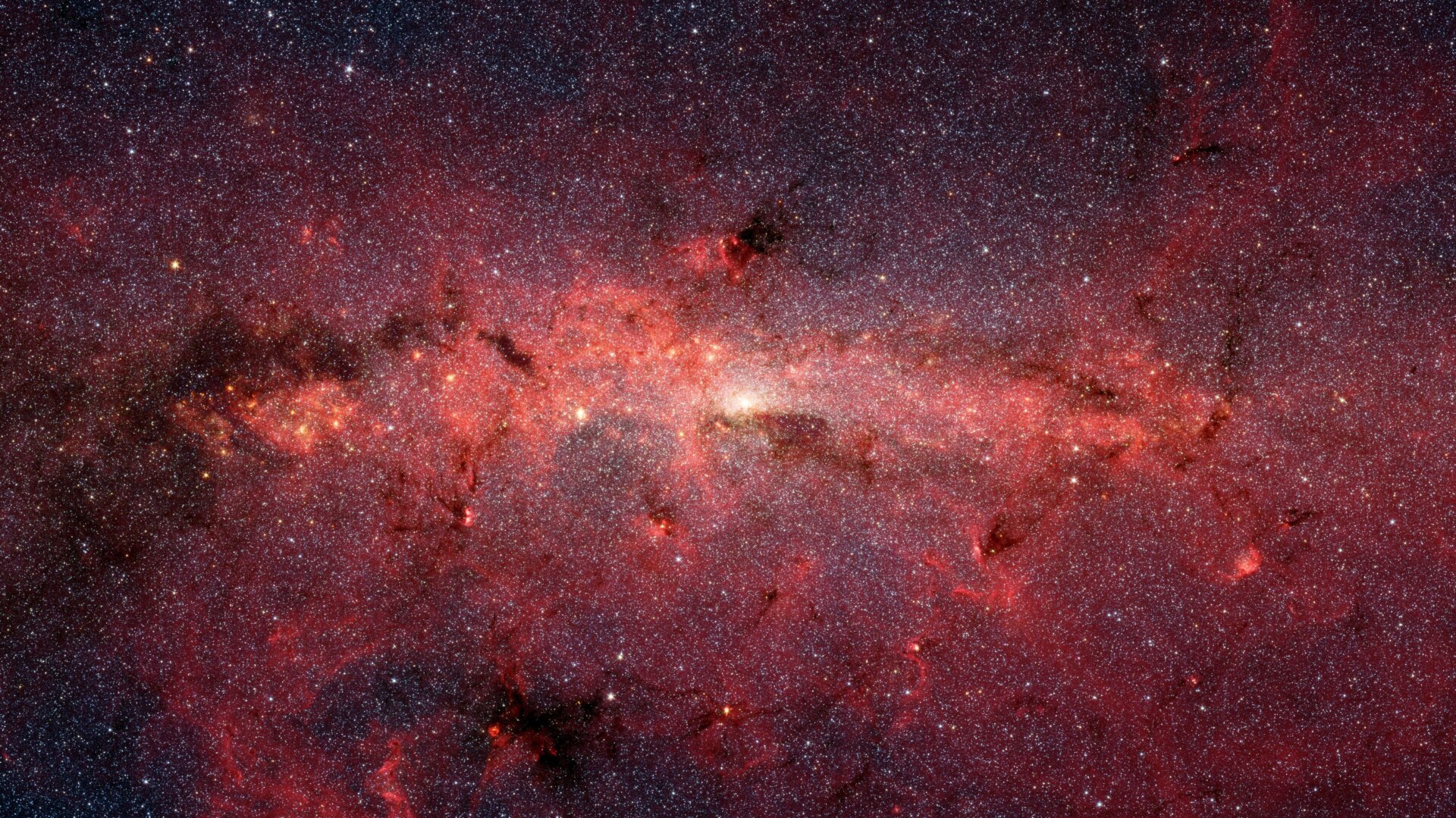 A lot of dark matter may lurk at the center of our Milky Way galaxy.A vast amount of dark matter may reside at the center of our Milky Way galaxy. Image: NASA/JPL-Caltech
A lot of dark matter may lurk at the center of our Milky Way galaxy.A vast amount of dark matter may reside at the center of our Milky Way galaxy. Image: NASA/JPL-Caltech
The team’s research explores various dark matter signatures, essentially different ways physicists believe they might detect this elusive substance. “Both papers consider the possibility that our galaxy is immersed in a sea of particles trillions of times lighter than an electron, and these yet-to-be-detected particles constitute all of dark matter,” said co-author Swati Singh, a quantum optics theorist at the University of Delaware. “However, there are key differences between what such particles are and how they interact with normal matter.” The existence of dark matter is inferred from its gravitational effects on visible matter, suggesting a significant amount of unseen mass in the universe. Various theories attempt to explain this phenomenon, including axions, weakly interacting massive particles (WIMPs), and primordial black holes, each with its own detection strategies.
The density of dark matter remains a significant unknown. While the total amount within a given volume can be estimated, its distribution remains unclear. Is it concentrated or diffusely spread like a fine mist? This question is crucial to understanding its nature.
 Dark matter could simply permeate the entire universe, including here in galaxy M101.Dark matter could permeate the entire universe, including galaxies like M101. Image: NASA/JPL/Caltech
Dark matter could simply permeate the entire universe, including here in galaxy M101.Dark matter could permeate the entire universe, including galaxies like M101. Image: NASA/JPL/Caltech
The proposed detector consists of a coin-sized, 100-nanometer-thick card comprising a silicon nitride membrane and a beryllium mirror. Light bouncing between these surfaces allows the device to measure any change in the distance between them. Such a change could indicate the influence of an unseen particle – a potential sign of dark matter. Like a tuning fork, the detector can be tuned to specific frequencies, allowing it to search for dark matter across a range of potential masses. Multiple detectors, each tuned to a different frequency, could broaden the search.
This compact and cost-effective design contrasts sharply with traditional dark matter detectors, which often involve large-scale installations like tons of xenon buried deep underground. The proposed device is tabletop-sized, although it requires sophisticated isolation from terrestrial vibrations. “We mean an optical table, which usually sits on pneumatic legs that isolate it from the Earth, like the suspension system of a luxury car,” explained co-author Dalziel Wilson, a quantum optics experimentalist at the University of Arizona. Further isolation may be necessary to minimize interference. The research also serves as a call to action for other researchers working on precision measurement devices for similar challenging endeavors.
Singh estimates that experimental runs could begin within five years. While the success of the experiment remains uncertain, even a null result would provide valuable information, helping to refine future searches and deepen our understanding of the universe’s hidden components.



